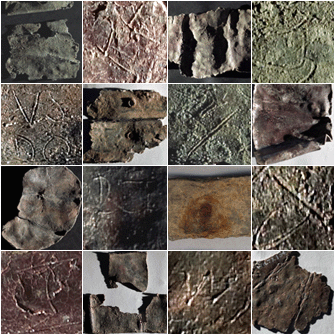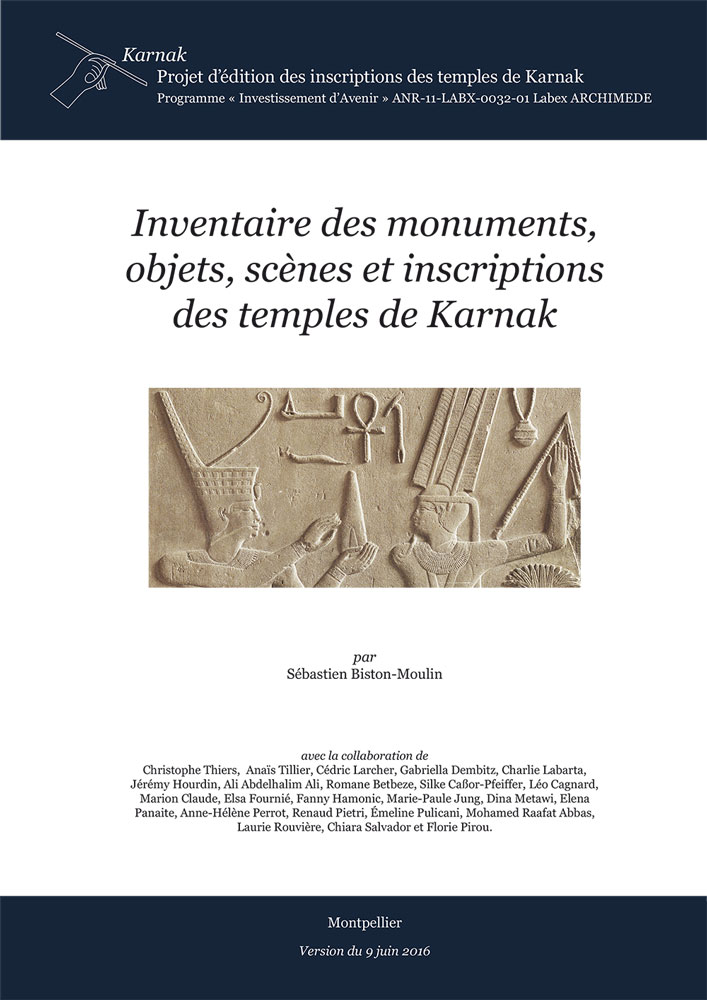[First posted in AWOL 6 June 2014, updated 5 June 2016]
CLASSICSINDEX: Links to Online Books (Google Books, Archive.org, etc.) FOR THE STUDY OF GREEK AND ROMAN CLASSICS, EARLY JUDAISM, AND CHRISTIANITY
CLASSICSINDEX: Links to Online Books (Google Books, Archive.org, etc.) FOR THE STUDY OF GREEK AND ROMAN CLASSICS, EARLY JUDAISM, AND CHRISTIANITY
General Classics ResourcesPalaeography and ManuscriptsAncient Greece: Language and Literature
[Download older (non-wiki) page of Greek Literature links here]Ancient Rome: Latin Language and Literature
[Download older (non-wiki) page of Latin Literature links here]
MythologyBible [Hebrew : LXX : NT : Latin]
Judaism [2nd Temple : Rabbinic]
Early Christianity
[Download older (non-wiki) page of Bible, Judaism, Early Christianity, Medieval, Renaissance, and Reformation links here]
- General, Reference, and Periodicals on Bible, Judaism, and Christianity
- Texte und Untersuchungen
- Language: Hebrew and related languages : NT Greek / Koine : Coptic
- Pseudepigrapha pertaining to Hebrew Bible / Old Testament : NT Apocrypha
- Migne, PG
- Migne, PL - links for vols. 1-126 now revised
Medieval and Byzantine
Renaissance
Reformation
Classics of Scholarship
Parallel Resources and Abbreviations
Indices
- Analytic Bibliography of On-line Neo-Latin Texts
- edonnelly.com - highlights: Greek and Latin grammars and textbooks ; Loeb Classical Library
- Free Books in Biblical Studies and Related Fields - Bob Buller and Danny Zacharias; focus: Hebrew Bible, Judaism, New Testament, Early Christianity
- Harvard Library Catalogue (Hollis) - often has links to Google Books
- Hathi Trust Digital Library
- LATO - Library of Ancient Texts Online (Greek)
- Loebolus - public domain / online-accessible scans of texts from the Loeb Classical Library
- Luminarium: Anthology of English Literature - with Latin works where relevant
- Numismatics Bibliography in Digital Historia Numorum - Ed Snible
- Online Books Page (UPenn)
- Online Scholarship at Kata ta biblia - Pat McCullough; focus: New Testament
- The Open Library - using Google Books and other resources: Note "Scan-on-Demand" from Boston Public Library
- Public Domain Books for Classicists - Tarik Wareh; important material on central texts: Homer, Hesiod, Greek Drama, Herodotus, Thucydides, Plato, Xenophon, Attic Orators, Aristotle, New Testament
- A Teubner a Day
- Wikisource (German) - often the entries for a given author are indices to Google Books and the like; the English , Latin , and Greek sites, however, seem to be entirely html adaptations
Facsimiles of Editions and Manuscripts [See also Palaeography and Manuscripts ]
- The Ancient Library - Bookshelf
- archive.org
- Biblical Manuscripts Project (at the Religion and Technology Center)
- BSB = Bayerische StaatsBibliothek / Munich Digitisation Centre [English startpage]
- CAMENA = Early Modern Latin Texts (Mannheim)
- ETANA - Near Eastern studies and texts
- Gallica - Bibliothèque Nationale de France project
- Google Book Search
- JALB = Johannes a Lasco Bibliothek - Emden / Hardenberg (incunabula and early printed books)
- MATEO = Mannheimer Texte Online
- MARABU = MAnnheimer Reihe Altes BUch (early editions; humanist women)
- Medieval and Modern Thought Text Digitization Project (Stanford)
- Microsoft Live Search Books
- OLL = Online Library of Liberty - includes facsimile pdfs and html adaptations of translated works of antiquity
Texts (html or other formats) - Non-Facsimiles
- Biblioteca Augustana
- Biblioteca Italiana
- CCEL = Christian Classics Etherial Library: especially, the ANF and NPNF collections
- CSL = Corpus Scriptorum Latinorum
- ForgottenBooks.org
- HHTP = Hanover Historical Texts Project
- Lacus Curtius - html, but usually with indications of original pagination and original textual and interpretive notes
- The Latin Library
- Oxford Text Archive - txt and html (orig. lang. and tr.)
- Perseus project - Tufts | Berlin mirror | Chicago mirror
- Project Gutenberg
- Tertullian.org - "Additional Fathers"
Conventions:
- Boldface in a list of authors = large number of books found or at least a fairly exhaustive search for them, boldface in a list of sources = most significant ones in the list; ALL CAPS = most important authors.
- Within each author's page, first come "Editions" (original language texts), then "Translations," with complete editions or translations coming first in each instance, then editions or translations of individual works, grouped or ordered in a way that makes sense for the author. Lastly, "Studies" (books about the author) or "Tools" (e.g. concordances, lexica). Within a single category (e.g., complete works of X), reverse (descending) chronological order. The exception: for "Classics of Scholarship," larger categories are "Works" (in ascending chronological order), "Editions" (ancient texts edited by the scholar), and "Studies" (books about the scholar).
- Editions and translations should include the title of the work (either as generally known or specifically from the title page of the edition) and the name of the editor
- Links to Google Books are (becoming) keyed to the book id number.












 Volume 10:2016
Volume 10:2016

